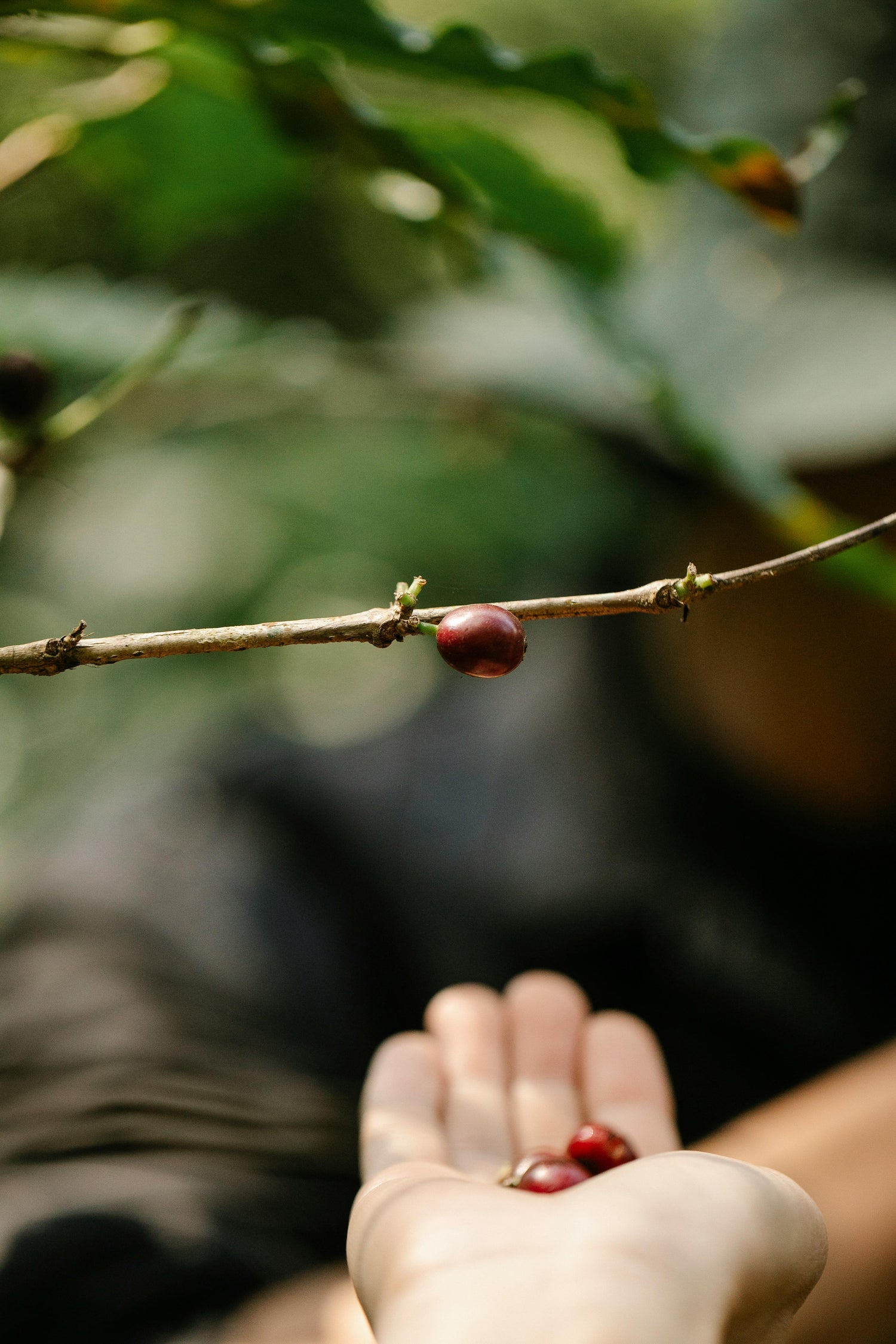COFFEE PROFILES

SOUTH AMERICA
Brazil
Brazil holds strong as the largest arabica coffee producers in the world. And to its credit worldwide is the number of varieties, mutant-hybrids, and cultivars that have sprung from Brazil, either spontaneously or by labratory creation. The classic Brazil profile is rich in chocolatey, nutty, and pulpy coffee-cherry notes.

EAST AFRICA
Burundi
Burundi microlots are selected out of the daylots created by various centralized washing stations, basic cup quality. Because the average farmer in Burundi owns 1/8–1/4 a hectare of land, many smallholder farmers will deliver their fresh cherry to a washing station in order to be sorted and processed; microlots, then are blended lots comprising coffees from many producers that express exquisite coffee, but are not generally traceable to the individual producers. Dark chocolate with mild cooked grapefruit flavors. Sugary sweetness and tart citric acidity.

south america
Columbian
Coffee came to Columbia in the late 1700s by way of Jesuit priests who were among the Spanish colonists, and the first plantings were in the north of the country. Soft nuttiness, big sweetness and soft acidity, toasted nuts and delicate balance.

central america
Costa Rica Café Vida
Coffee was planted in Costa Rica in the late 1700s, and it was the first Central American country to have a fully established coffee industry. Notes of sweetness and soft acidity, toasted nuts and delicate balance.

central america
Santa Ana Region
Santa Ana is known for producing some of El Salvador's best coffee. The region's fertile volcanic soil and ideal climate provide perfect growing conditions for high-quality arabica coffee beans. Coffees from Santa Ana display a smooth, well balanced flavor profile with notes of chocolate, caramel, and bright acidity.

africa
Ethiopian
Ethiopia holds near-legendary status not only because it's the birthplace of Arabica coffee, but also because it is simply unlike every other place in the coffee world. Pronounced fruit and deep chocolate tones, often with a bit of winey characteristic and syrupy body.

central america
Guatemalan
While coffee came to Guatemala in the late 18th century, cultivation of the crop began to gain steam in the 1860s, with the arrival of European immigrants who were encouraged by the Guatemalan government to establish coffee plantations.

Africa
Kenya
The first plants were brought to the country by Scottish and French missionaries, the latter contributing what would be known as French Mission Boubon, transplanted from the island of Bourbon. Tasting notes reflect complex, refined cups of black currant, grapefruit, pineapple or kaffir lime, tomato or tamarind.

central america
Mexico
Due to the greater attention paid to the region's rich mineral deposits and mining opportunities, coffee did not develop as an industry until later, especially coming into its own in the late 19th and early 20th centuries. High-grown Mexican coffee has extremely interesting complex citric and malic acidity, balanced sweetness in the form of chocolate and toffee, and an overall clean cup.

south america
Peru
Coffee wasn't cultivated for commercial export until nearly the 20th century, with increased demand from Europe and the significant decrease in coffee production in Indonesia. The British government took ownership of roughly 2 million hectares of land from the Peruvian government as payment on a defaulted loan, and much of that land became British-owned coffee plantations. Flavor notes include cocoa with mild dried melon flavors, mellow, tart acidity and sweetness.

Southeast asia
Sumatra
Coffee was introduced throughout the islands of Indonesia by the Dutch in the 1600s, and large Dutch-owned plantations were the norm until the 1860s and 1870s. Taken as a whole, Indonesia is the fourth-largest coffee producing country in the world. Sumatran coffees have long been distinct for their earthy, savory, somewhat vegetal or herbaceous characteristics, in part contributed by the climate and the mix of varieties grown, but also due to a specific post-harvest procesing style called Wet-Hulling, or locally known as Giling Basah, which imparts much of the unique qualities these coffees have.

africa
Tanzania Mt. Meru
Kool Beans has a unique partnership through the Greater Milwaukee Synod of Evangelical Lutheran Church which has a long-standing mission presence in Mt. Meru. We purchase Mt. Meru Peaberry, Select and Decaf through this connection. Traditional Tanzanian coffee offers a bit lower acidity and best from a medium to dark roast. The cup gets chocolaty, a bit rustic and semi-sweet with some lovely spice tones.

Africa
Tanzanian Peaberry
Peaberries are a naturally occurring mutation of the coffee seed that forms a single, small rounder unit than the two "flat beans" that typically sit face-to-face inside a coffee cherry. While somewhere between 5-12 percent of any harvest end up being "peaberries". Notes of milk chocolate, pecan red currant, chamomile and citrus.
